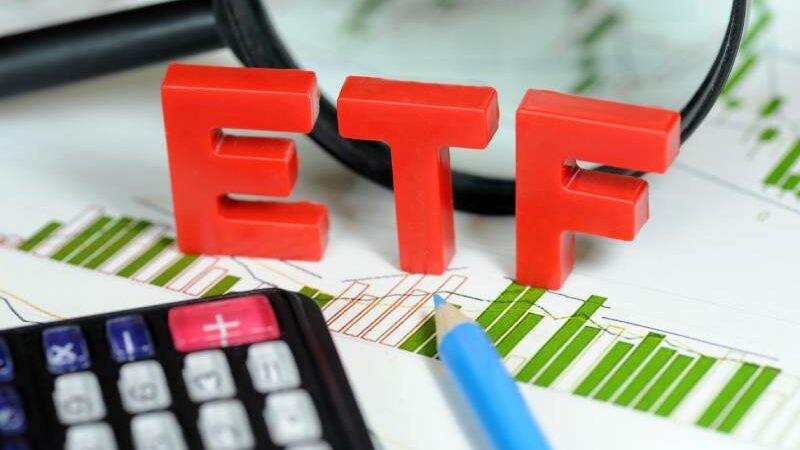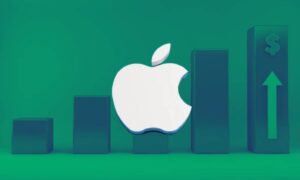Retirement income investment strategies typically become more attractive when interest rates start to fall. Canadian investors who are retiring this year or nearing retirement can make strategic allocations that will increase portfolio value and secure higher returns over the long term as the Bank of Canada (BOC) pivots beyond 2024.
For those who have been saving diligently for some time, it may be easy to earn $1,000 per month (or $12,000 per year) of passive income in retirement without speculating in risky and uninvestable assets. Financial advisors strongly advise against doing this as you approach retirement.
How to invest in high-yield passive income in retirement
Investors can lock in high bond coupons on long-term, high-quality bonds before the BOC cuts interest rates even more substantially. This strategy allows them to continue earning higher coupon amounts on their ample fixed-income assets, keeping contractual coupon rates high for a long period of time even as yields fall.
Longer term GICs are still good with yields of over 4.6% for a 5 year contract and issuers such as Bank of Nova Scotia are able to offer 5 year monthly GICs with a coupon of 3.85% which is a better yield compared to current yields. Canadian 5 year bonds yield 3.33%.
However, keep in mind that bond ETFs are usually actively managed and most charge significantly higher annual management fees. Additionally, GICs may require you to actively manage maturities and reinvestments.
To protect the purchasing power of your pension fund, you still need some capital growth beyond long-term bond investments. Equity investments have been a good source of capital gains for decades.
Interestingly, stocks usually perform well for the first two to three years after the first interest rate cut (barring a recession). As profits and cash flows grow with expanding economic activity, Canadian dividend stocks may rise in value and offer higher regular dividends.
Do you still need stock investments in retirement? The iShares S&P/TSX Composite High Dividend Index ETF (TSX:XEI) can supplement income from the Canada Pension Plan (CPP) and other retirement income sources and fulfill your desire to receive a high monthly dividend income in retirement.
Buy iShares S&P/TSX Composite High Dividend Index ETF with Monthly Dividend
iShares S&P/TSX Composite High Dividend Index ETF is a low-cost, medium-risk option. This index ETF pays attractive monthly dividends. BlackRock, the world’s largest ETF fund manager, designed the fund’s portfolio as a long-term staple for investors who want to ensure regular monthly passive income even after retirement.
The ETF seeks long-term capital growth by investing $1.5 billion in net assets primarily in large Canadian dividend stocks with high dividend yields, some of which pay increasing dividends every year.
But why buy a high-dividend ETF to get monthly income now? The fund pays generous monthly dividends, currently at 5.4% annualized. Since 2011, the ETF has transformed multiple quarterly dividend streams from its 75 holdings into a consistent monthly cash flow from a single source, eliminating the need for investors to manage multiple separate dividend checks.
Additionally, this medium risk rated fund has delivered a respectable average annual return of 6.1% over the past decade, offering broad diversification across Canadian economic sectors and individual dividend stocks, all in one investment.
Top holdings include proven TSX dividend giants Suncor Energy, Royal Bank of Canada, Enbridge, and one of my personal favorites, Canadian Natural Resources shares. Energy stocks are weighted at 31.2% compared to financial stocks, which make up 29.5% of the ETF portfolio. Utilities (14.7%) and communications (10.2%) dominate, with other sectors also making up single digit weightings in the portfolio, completing the pool of high dividend stocks.
How much do you charge? The XEI ETF has a low Management Expense Ratio (MER) of 0.22% per year, which translates to just $2.20 in fees per $1,000 invested.
How to earn $1,000 in passive income per month
To earn $1,000 in passive income per month, you can invest $217,808.76 in the iShares S&P/TSX Composite Dividend Index ETF as shown in the following table:
| Investment Asset | Recent Price | Investment Amount | Number of Shares | Dividend Rate | Total Payout | Frequency | Total Annual Dividend |
| iShares S&P/TSX Composite High Dividend Index ETF (TSX:XEI) | $24.83 | $217,808.76 | 8,772 | $0.114 | $1,000.00 | Monthly | $12,000 |
This ETF may be included in the Register. It may develop an investment plan and offer a Dividend Reinvestment Plan (DRIP). DRIPs help investors passively reinvest dividends into more stocks when they don’t need the cash flow immediately.
- Melon Music Awards 2025: Full Nominees List Led by G-Dragon and Jennie - December 16, 2025
- FCS Final Four 2025: Semifinal Matchups, Start Times and Broadcast Details - December 16, 2025
- National Champions: Washington Huskies Win First-Ever 2025 NCAA DI Men’s Soccer Title - December 16, 2025




